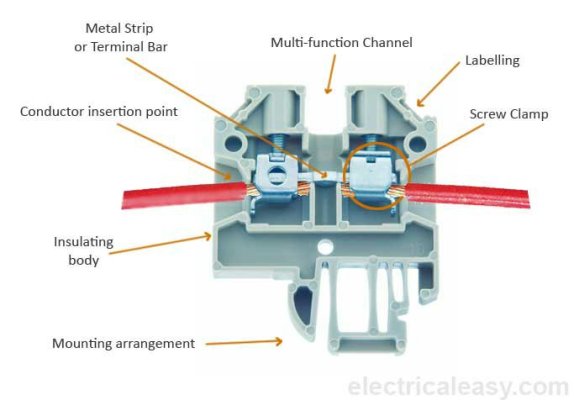I took a look at one of my outlets, and think it has house grade romex going to it...
It's a 3 conductor cable - SOLID white, black, and bare copper (ground) conductors.
From Calder's book, I got the impression that wiring on a boat should be stranded wire, not solid - and they get ring terminals on them for the connection to the outlet. Is that correct?
Is a 14ga stranded wire reasonable for a 15A 120V AC outlet that is within 15' of the breaker box?
Would a surveyor balk at other previous 120V AC wires that were solid conductors?
It's a 3 conductor cable - SOLID white, black, and bare copper (ground) conductors.
From Calder's book, I got the impression that wiring on a boat should be stranded wire, not solid - and they get ring terminals on them for the connection to the outlet. Is that correct?
Is a 14ga stranded wire reasonable for a 15A 120V AC outlet that is within 15' of the breaker box?
Would a surveyor balk at other previous 120V AC wires that were solid conductors?

